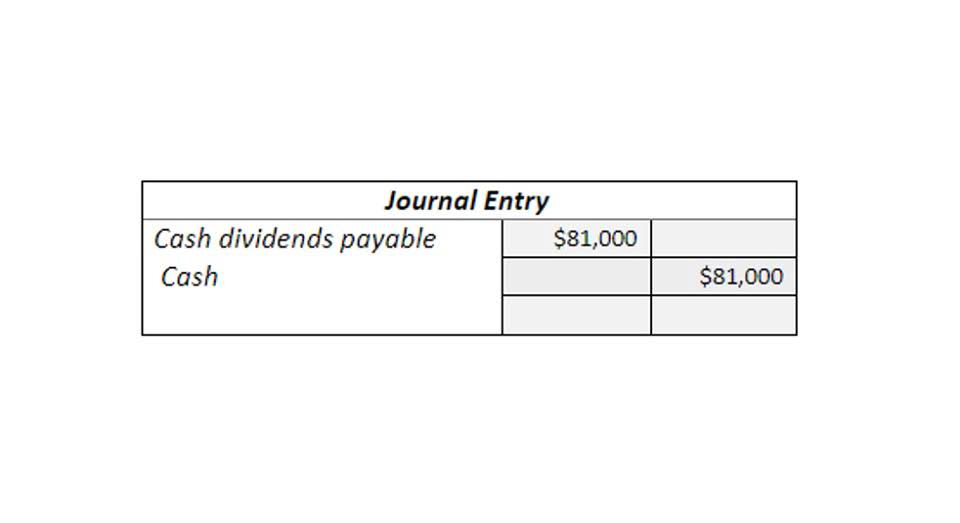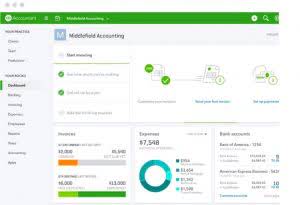
Then you do the same for the ‘Outs’, this October you had £109 of business expenses. Remember, we can easily cross-reference between two accounts because of the contra account being used as the description of the transaction. In a T-account we show the balance of the item at the start of the period (month or year) and at the end of the period. The T accounts template is available for download in PDF format by following the link below.
- When faced with multiple options, T accounts can help businesses compare the financial impact of each choice.
- By following these steps, you can prepare an accurate trial balance and identify any errors in your recording.
- Any action you take based on the information found on cgaa.org is strictly at your discretion.
- A MIS Report (Management Information System) is a set of reports that that provides information to management and other decision-makers in a business….
- T accounts, also known as ledger accounts, are a visual representation of our financial activities, allowing us to track and categorize income and expenses effectively.
- Incorporating charts into your T Accounts not only makes your data more accessible but also more engaging for anyone else who might need to review your financial statements.
Can T accounts help detect fraud or errors in accounting records?
Liquidity and solvency are two pivotal concepts that often intertwine in the financial analysis of a company’s balance sheet. T-Accounts, with their clear depiction of debits and credits, serve as an invaluable tool for interpreting these financial metrics. They allow us to visualize the movement of funds and the impact of transactions on a company’s financial health. When analyzing profitability, integrating the income statement with the balance sheet provides a comprehensive view of a company’s financial health. By examining both financial statements together, stakeholders can assess the sustainability of profits, the efficiency of asset utilization, and the company’s capital structure. For instance, a high net income on the income statement should ideally lead to an increase in cash or retained earnings on the balance sheet.
Understanding Accounts Receivable
One common mistake that individuals make when using T accounts is failing to update them regularly. T accounts are meant to provide an accurate representation of financial transactions, and if they are not updated in a timely manner, it can lead to confusion and errors in financial records. For example, let’s say a company receives payment for a sale but forgets to record it in the T account. As a result, the company may mistakenly believe that they have more cash on hand than they actually do, leading to inaccurate financial reporting. To avoid this mistake, it is crucial to update T accounts gym bookkeeping promptly whenever a transaction occurs.
Balancing T-Accounts to Ensure Accuracy

The best way to understand how the rules of double-entry bookkeeping work is to consider an example. We will now record the six transactions carried out by Edgar Edwards Enterprises in the appropriate T-accounts. When you’re running your own business, you probably don’t have a ton of spare time to journalize transactions and write down T accounts into the ledger by hand. To create and record a T account, you have to know how debit and credit rules apply to the different types of accounts. And if you’re new to the accounting world and have little knowledge in finance, T accounts can be especially useful in working through complex financial transactions.
How to Use T-Accounts in Accounting
The next step is to determine the amount that should be the correct ending balance for the balance sheet account. The difference between the current balance and the needed ending balance is the amount for the adjusting entry. T-accounts are flexible and suitable for both small businesses and complex corporate ledgers. T accounts provide a detailed record of transactions, which is essential for financial analysis. Analysts use T account data to assess trends, identify patterns, and make informed decisions about an organization’s financial performance. Errors in T accounts can be corrected by analyzing transactions and identifying discrepancies.

With automation handling the heavy lifting, accountants can shift their focus to the bigger picture. T accounts become a powerful tool for developing a strong conceptual understanding of accounting principles. This is where T accounts come in as a bridge between the raw data and meaningful insights.

Prone to human error
- On the other hand, the T account for leasing would reflect periodic lease payments as debits.
- Master M&A, IPOs, LBOs, and valuation techniques with WallStreetMojo’s IBMP — designed for aspiring investment bankers and finance professionals.
- T-accounts are used to track individual account balances and transactions, while trial balance summaries are used to ensure the overall accuracy of a company’s financial records.
- Bricks integrates spreadsheets, docs, and presentations into one seamless tool, with AI at its core.
- He has been the CFO or controller of both small and medium sized companies and has run small businesses of his own.
- They simplify the flow of money by representing each account in a “T” shape, allowing for easy monitoring of additions and subtractions.
- Better Cash Flow Management is also achievable with T accounts for Accounts Receivable.
They provide a clear and organized way to track bookkeeping assets, liabilities, revenue, and expenses. By using T accounts, businesses can ensure the accuracy of their financial records, make informed decisions, and maintain financial equilibrium. For instance, a company may have a T account for its sales revenue, where all sales transactions are recorded. The credit side of the sales revenue account represents the increase in revenue from sales, while the debit side records any returns or allowances.
Everything to Run Your Business

We do not make any further entries to work out the closing balance – the $4,000 balance is self-evident from the single entry. However, the steps taken above represent the system that is used in accounting to work out and show the closing balance, and thus should be learned and practiced. T accounts are used in a bookkeeping method known as double-entry bookkeeping. Before diving into why T accounts are used in accounting, let’s kick things off with some basic accounting definitions you’ll need to knw to properly understand how T accounts work.

Journal Entry 1
- Businesses relying solely on T-accounts may struggle to leverage the full potential of accounting software, missing out on efficiency gains and analytical capabilities.
- Reversing entries are made at the beginning of an accounting period to cancel out the effect of certain adjusting entries made at the end of the previous period.
- In a T-account, debits are listed on the left side, and credits are recorded on the right side, separated by the vertical line of the letter T.
- This requires a good understanding of the chart of accounts and the different types of accounts.
- A DSCR greater than 1 indicates that the company has sufficient earnings to cover its debts.
- On the left side (debit) of the “Supplies” T-account, we record $50 because our supply inventory has increased.
Whether you’re an accounting student, a small business owner, or just someone interested in managing finances better, you’ll find this tutorial helpful. We’ll cover everything from setting up your spreadsheet to using Excel formulas to make your T Accounts more how to balance t accounts dynamic. For example, a company may review the T accounts for various expense categories to identify areas of overspending or inefficiencies. By comparing the T accounts for different periods, it becomes easier to pinpoint cost-saving opportunities and reallocate resources for maximum profitability. Ultimately, the best option depends on the specific needs and goals of the organization. Small businesses with straightforward cash flows may find the cash basis sufficient, while larger enterprises with complex financial structures may benefit from the accrual basis.
